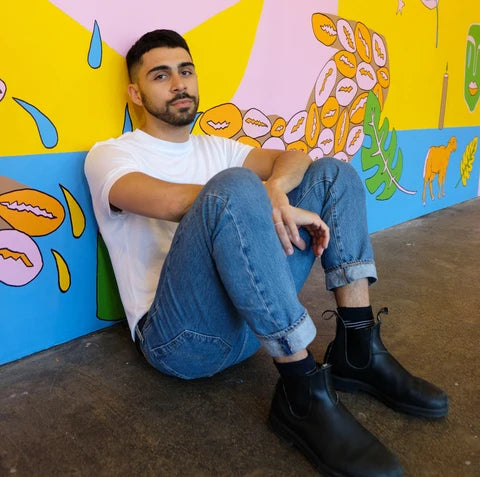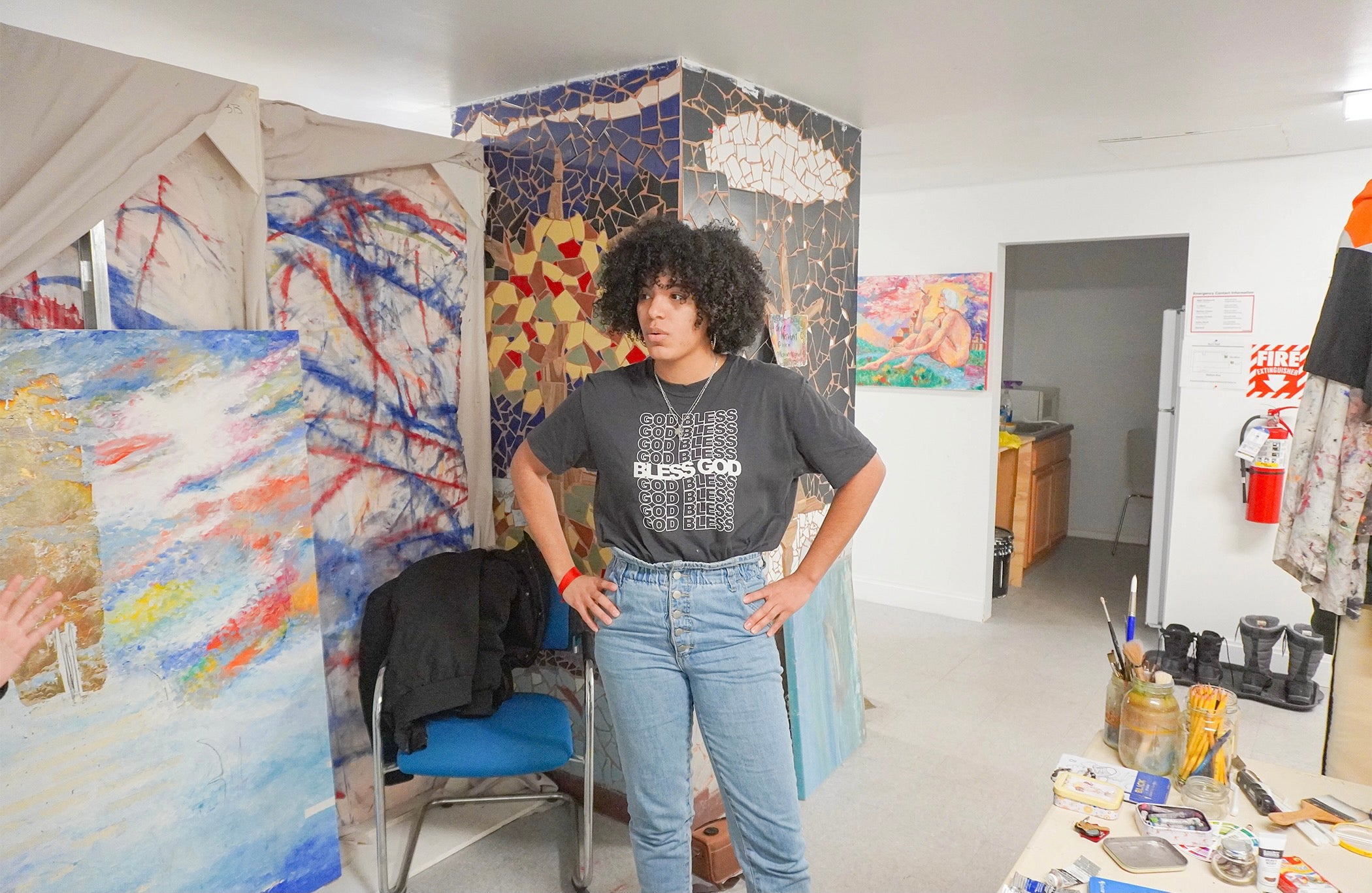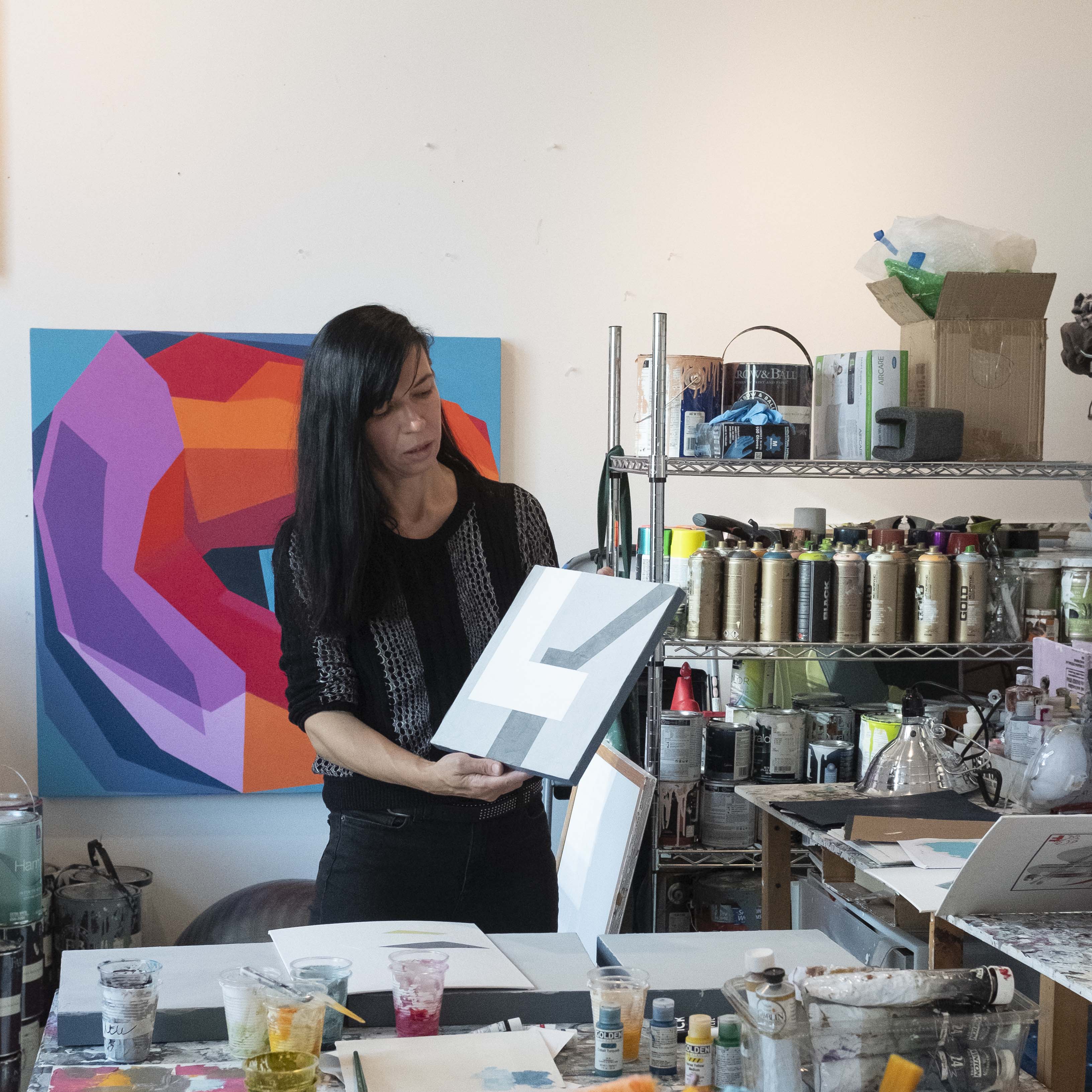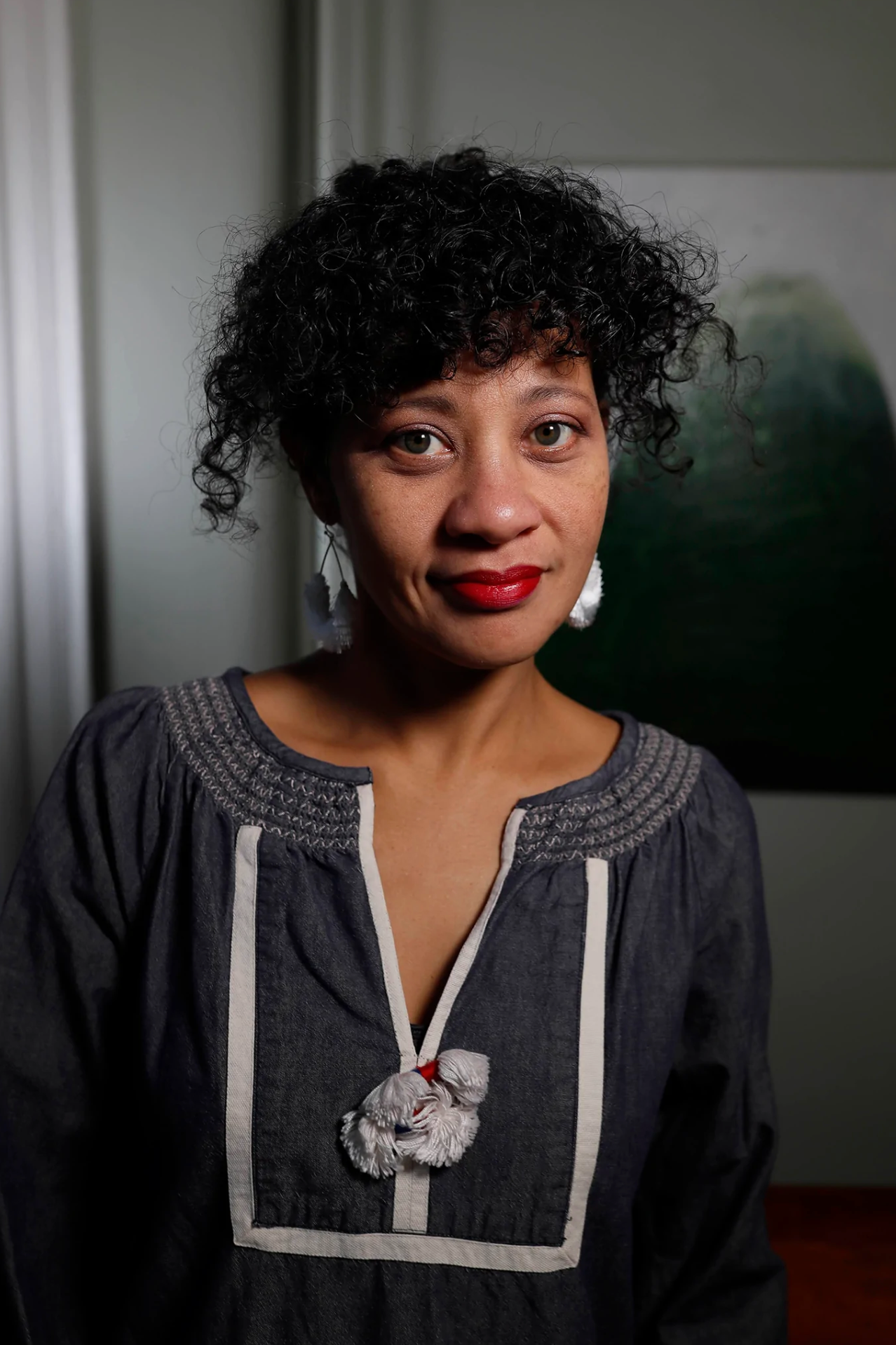No Products in the Cart
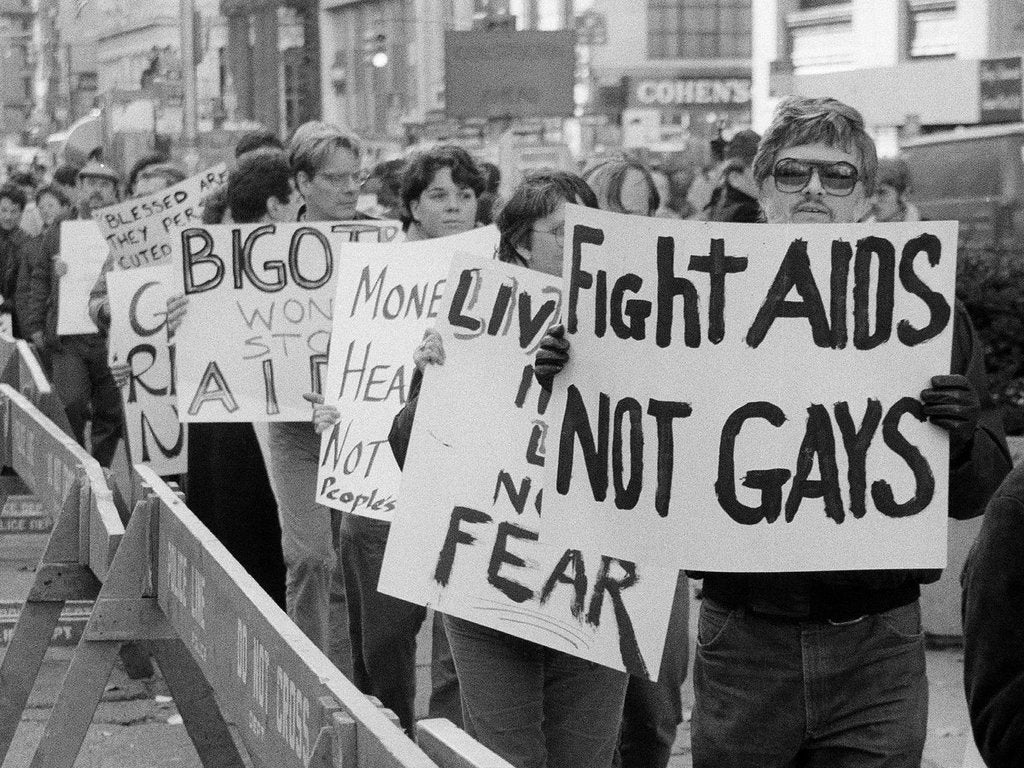
Healing From The Culture of Sickness
Sickness is always cultural.
While symptoms themselves may happen on individuals, the way we label them, attribute them to certain causes, group them together as a syndrome, and attempt to treat them all reflect our values as a society.
 (Left) Ancher, Michael, "The Sick Girl", 1882, Statens Museum for Kunst
(Left) Ancher, Michael, "The Sick Girl", 1882, Statens Museum for Kunst
(Right) Francisco Goya, “The Witches Sabbath” (1797-1798)
At its worst, these values are those of institutions that use our fear to moralize medical science as the savior, and, at the other end, illness as polluting or evil. Who benefits from this metaphor? Pharmaceutical companies that provide not only a physical alleviation of symptoms but the comfort of scientific language. The government that can divide and conquer by classifying society based on levels of purity. And those in power that conceal that the leading factor to illness is socioeconomic inequality.
In this article, we will look at three examples of reconceptualizing wellness from the past, present, and future: HIV/AIDS, transgender healthcare, and mental health.
Past | HIV/AIDS “Crisis”
What brings a disease to the state of crisis?
Compared to the mass psychological relief and waves of reopening that followed COVID-19 vaccination, the improvements made in preventing and treating symptoms of HIV has not made life easier for HIV+ people as much as it should have. Aside from some promising Tiktok users, we don’t see many people post their side effects and vaccination cards, make jokes and memes about HIV as we did with COVID.

This all points towards the fact that the “crisis” was not just about physical effects of the virus but the stigma and shame attached to it. During the first crisis in the 80’s, public discourse around LGTBQ+ was still lacking and HIV only reinforced the idea that gay men are promiscuous - which then made it harder for patients to seek appropriate care or to communicate it to partners.
To overcome the taboo is not to resort to spectacles of the “poor, innocent victim”. Nor is it to elevate HIV-positive people to the state of martyrs. In fact, now with more than forty years of precedences in media portrayal to learn from, we should actively unlearn
HIV/AIDS is now a chapter in history widely addressed by big institutions. MoMA alone has presented exhibitions taking different angles like Love, Loss, and Life at Club 57 with Visual AIDS and I wanna Be Well by Gregg Bordowitz. The former honed in on one physical location that was historically important in gay nightlife, featuring performances from different artists affiliated with the place. In the latter, artist Gregg Bordowitz portrays it as an ongoing issue, apparent even from the huge banner you see right at the entrance of the exhibition that reads "The AIDS Crisis Is Still Beginning". Not only was Bordowitz concerned with capturing big movements like harm reduction campaigns and anti-discrimination protests, he also documented his personal experience through diaries and videos.

A major task left for contemporary artists, then, is to take HIV/AIDS out of its First World, Western, predominantly male context. Korean artist Kang Seung Lee tells transnational histories of queer people. In the series Untitled (Tseng Kwong Chi), he translates into drawing the photographs of Hong Kong-based artist Tseng Kwong Chi who passed away from HIV/AIDS. Instead of valorizing his own voice, Kang Seung Lee strives to communicate with an an artist who passed away - the loss is symbolized by the shadowy, erased-looking figures in these drawings.

HIV is not limited to gay men. Love Positive Women, a papermaking workshop hosted at Dieu Donné's studio every Valentine’s Day, both breaks the preconception that HIV is a “product” of gay culture and provides a point of empathy and mutual support between allies and LGBTQ.

Present | The Right To "Bring Your Own Body"
A record number of Anti-Trans bills were passed in the United States in 2021. Some, like in Texas, ban trans minors from receiving gender-affirming healthcare such as hormones and puberty blockers. Other states like Indiana now allow businesses to refuse service to trans and nonbinary people based on religion, or in Montana, requires parents to consent before teaching “human sexuality” at schools.
There is no LGBTQ+ representation without fundamental healthcare for trans people, because its failure speaks to the level of discomfort our own politicians and public workers feel about what lies beyond the gender binary. It is symptomatic of the state of normalization in the present where more people than ever accept queerness as an idea and from afar, yet show negative reactions when gender fluidity becomes visible and close to life.
This makes us think that representation is no longer enough. It is no longer enough for us to say “trans people are here and not going anywhere” - we must listen closely to what they are telling us about their experience. It’s especially notable that many trans artists work in performance and choreography, precisely the kind of media that only exists in the presence of both artist and audience, where the work is never finished.
Yisahi Garbasz’s Becoming (2007-2010) displays photographs of before and after the artist’s gender affirmation surgery on a zoetrope (a display device that flips through slides of photographs). Out of 1886 in total in the span of two years, only thirty were shown. Still, they are enough to illustrate that Yisahi does not go from the perfect representation of one gender to another - in fact, in the scope of her whole, unedited body, we don’t see as much of a dramatic difference as much as the same person in different states.

This view of transitioning not as moving from one binary gender to another but a confirmation of gender’s inherent haziness is also present in Yishia’s other work, Gender Project (2002-2003). Gender Project captures people in performative postures and lighting, “exploring the minimum amount of visual detail” that determines gender.

Exhibition Bring Your Own Body (2015, Cooper Union) - what an excellent exhibition title, by the way - was an important moment for dedicating exhibition space to trans visibility.
Niva Costa, one of the artists in the exhibition, uses the term “Impossible bodies” to highlight how both Blackness and gender nonconformity are excluded from "normal" ways of existence. Each performance takes a trope or example of such an exclusion. DISCOTROPIC (2015, image below), for example, riffs on the actor Diahann Caroll who appeared in Star Wars Holiday Special (1978) from the donors' and audiences' insistence of having a Black person but only as a holographic fantasy. This, Niva says, "distills the ways in which the black female body has been consumed in mass media: as alien, bodacious, and marginalized" (artist website).

Another participating artist Effy Beth translated everyday difficulties she experienced as a trans person, not “being enough” to meet either gender standards. The below comic reads that held to a male standard, her body was seen as “too skinny” and “too small”, but now held to a female standard, she is considered “too big” and “too masculine looking”. It saddens us immensely that Effy committed suicide at age 25, what people carefully surmised as ther result of the very transphobia she battled through art.


In addition to exhibitions, Illuminations Grant by Queer|Art specifically supports Black trans women visual artists, not only through its $10,000 award but mentorship from established names like Mariette Pathy Allen, Aaryn Lang, and Serena Jara.

Future | It's Not All In Your Head
To imagine a future radically different from the present, we need time to distance and hopefully resist the normative standards of productivity. Sadly, the general lack of acceptance of LGTBQ+ people as well as the objective lack of physical healthcare catering to them (as we explored above) also means that they are more likely to suffer mentally. And this is no "subjective" phenomenon either. According to the
- 34% of LGBT youth experienced bullying at school.
- Nearly a fifth of respondents (18%) experienced physical or dating violence.
- In the survey, 18% of LGBT youth report sexual assault.
- Roughly 1 in 10 LGBT youth were threatened or injured with a weapon at school.
Much like physical health issues but even more so, mental health is heavily influenced by cultural behavior and can only be improved with corresponding change.
Rest for Resistance is a guide for QTPOC that ranges from poems about cooking to issues like sexual abuse. The personal, even literary, language of the articles matches its mission to "Rather than trying to find new ways to self-care or encourage corporations to care about us as anything other than cogs in a machine, let’s shift how we view care and self...Let’s craft and refine counterculture based on the idea that we as individuals and collectives have value"(What's Next In the Culture of Care?, Rest for Resistance).

There are gender non-conforming activists and role models on social media breaking the mold of skinny cis white influencers and social media algorithms that are quick to censor anything outside of said type. Because, unless you are quitting social media permanently, the images you see there repeatedly always will be the basis of evaluating your own self.
Alok Menon, for example, has a strong suit mixing and matching femme clothes and accessories with body hair. By pursuing degender fashion, they work to keep Pride as the event of riot and resistance as it used to be historically. They also provide us with much need braveness by writing about experiences being harassed and criticized online.




